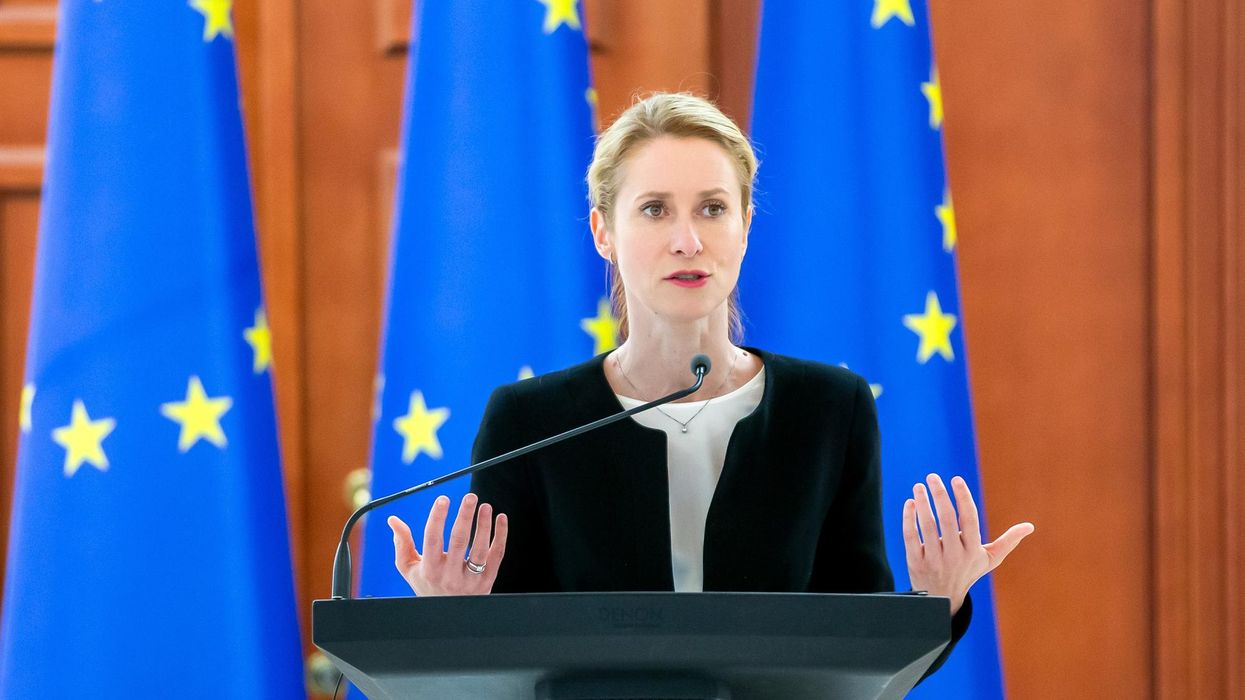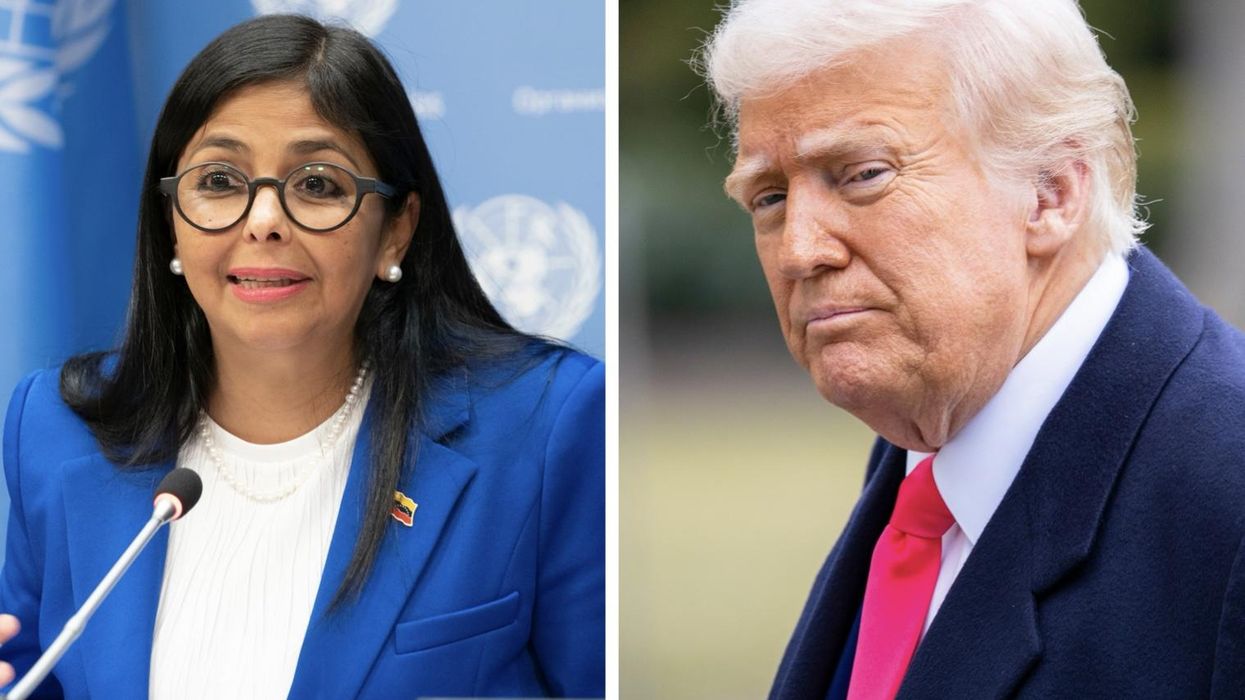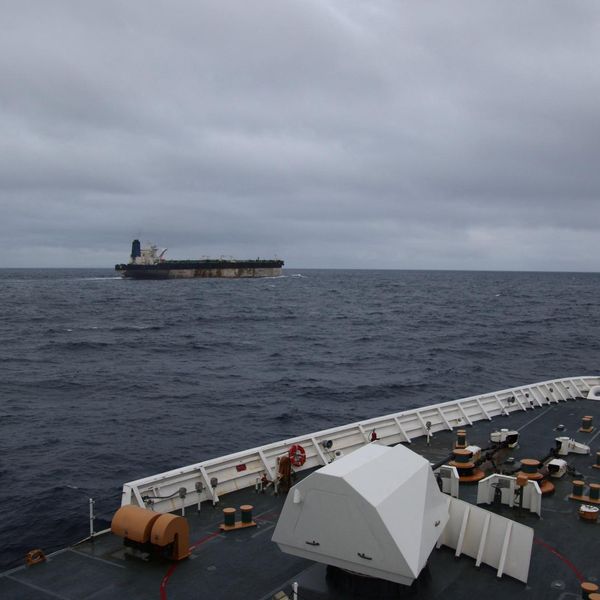When India, the world's largest democracy, was on the verge of taking a dictatorial path in the mid-1970s, the United States expressed its usual anxieties—and held out its usual threats.
Back in June 1975, Prime Minister Indira Gandhi had not only declared emergency rule, suspended civil liberties, and thrown hundreds of opponents in jail, but also imposed censorship and clamped down on press freedom.
Alarmed by the unfolding political events in India, then US President Gerald Ford (1974-77) summoned his former US Ambassador to India Daniel Patrick Moynihan (1973-75), later a senior Senator in Congress, to seek advice and counseling.
"Look at it this way, Mr President" remarked Moynihan, perhaps light-heartedly, "Under your Administration, the United States has become the world's largest democracy.”
Later this week, the current leader of the world’s largest democracy Prime Minister Narendra Modi of India will meet with the leader of the world’s second largest democracy US President Joe Biden at the White House, followed by a lavish State dinner on June 22—a rare honour reserved only to close American allies.
At a press briefing in Washington DC June 12, US Secretary of State Antony Blinken provided a detailed breakdown of the growing new relationship between the two nations.
Last year, he said, trade between the two nations reached a record $191 billion, making the United States the largest trading partner for India. The US has now invested at least $54 billion in India, from manufacturing to telecommunications.
And in the United States, Indian companies have invested over $40 billion in IT, in pharmaceuticals, and more, supporting 425,000 jobs from California to Georgia.
Last February, Air India announced the historic purchase of more than 200 Boeing aircraft, which will support an estimated 1 million-plus jobs across 44 of the United States.
“Both the U.S. and India are making transformative investments in our own countries to build our own strength—President Biden’s $1.2 trillion Bipartisan Infrastructure Law, followed after that by the CHIPS Act, and as well the Inflation Reduction Act; Prime Minister Modi’s 100 trillion rupee infrastructure plan,” said Blinken.
“All of this will make our economies more productive and more attractive for investors. And India has joined three pillars of our new Indo-Pacific Economic Framework—committing to build more resilient supply chains, to seize clean energy opportunities, and to combat corruption and other challenges that undermine the efforts of our governments”
“Together, we’re helping to shape the innovations of the future, but not just the innovations themselves, also—and this is so critical—the norms, the standards, and rules that govern them, from artificial intelligence to quantum computing, he declared.
According to the US Department of Commerce, International Trade Administration (ITA), India enjoys a unique status as a Major Defense Partner of the United States. As bilateral ties between the United States and India grow, cooperation in the defense sector is likely to grow in parallel.
“Defense is one of the most promising sectors for U.S. exports to India, due primarily to American technological edge and India’s security situation.”
India has already procured over $18 billion in equipment, including Boeing Apache and Chinook helicopters; P-8I maritime surveillance aircraft; C-17 heavy transport aircraft; Lockheed Martin C-130s; and BAE M-777 howitzers.
The “Make in India” policy makes it imperative for US companies to reorient market strategy.
Meanwhile, the US Commercial Service said in a report last June that major U.S. defense companies are expanding manufacturing operations in India to support the Indian government’s efforts to strengthen its domestic defense industry.
“This will create additional opportunities for second and third tier U.S. suppliers. India’s 2022 Defense Budget reserves 25 percent of total Research & Development (R&D) spendings for start-ups and private sector, including design and development of military equipment and platforms.
This may be seen as a major opportunity for the U.S. companies to collaborate with local partners in this segment”.
Vijay Prashad, Director, Tricontinental: Institute for Social Research, told IDN trade between India and the United States remains high. That is certainly true.
“However, the Indian government—pushed by a new mood in the developing world and by its own population—is no longer subservient to Washington”.
Recently, he pointed out, a US Congressional committee said that India might join NATO Plus. This was written to curry favour with India. But it miscalculated.
India's Foreign Minister said in response that India does not subscribe to the 'NATO template', meaning that the thinking of the US is not able to match the times.
“What is the thinking in India—that India's government must put forward its own interests and not subordinate itself to the interest of the Triad (US, Europe, Japan). This is a development that should neither be exaggerated nor minimized,” said Prashad.
Dr M.V. Ramana, Professor and Simons Chair in Disarmament, Global and Human Security, Graduate Program Director, MPPGA, at the School of Public Policy and Global Affairs, University of British Columbia, Vancouver, told IDN: “As Blinken’s statement makes clear, U.S. officials see India as a source of profits for U.S. corporations”.
This is one of the motivations driving the evolving relationship between the United States and India, and this goes back to the 1990s with India opening up its markets to foreign investment, he pointed out.
The other motivation, he said, also goes back to the late 1990s and the first decade of this century, when U.S. strategists were trying to recruit strong regional clients to balance the growth of China.
In 2000, (former US Secretary of State) Condoleezza Rice advised the future George Bush administration to "pay closer attention to India’s role in the regional balance… India is an element in China’s calculation, and it should be in America’s, too. India is not a great power yet, but it has the potential to emerge as one".
That motivation became all the more important when the United States became isolated because of its invasion and occupation of Iraq, and has only strengthened in recent years as China has grown in military power and international influence, said Dr Ramana.
“Although the strengthened relationship between India and the United States is definitely welcome, the underlying militaristic basis and the complex relationship between China, India, and Pakistan, all of whom possess nuclear weapons, means that there is always the likelihood of a profoundly destructive war in the region, leading to millions of deaths and possibly global weather impacts”.
He said selling weapons to these countries only amounts to adding fuel to the fire that might one day be set off. A second implication of the contours of the evolving US-India relationship is that it leads U.S. politicians to turn a blind eye to India’s government’s attacks on democracy and human rights, especially on its minority populations such as Muslims, Dalit and Adivasi communities, and on its treatment of the Kashmiri people, Dr Ramana said.
The growing new relationship between the US and India—political, economic and military—is also meant to be a hidden message to China with whom the US is currently engaged in a political confrontation reminiscent of a Cold War.
Meanwhile, Blinken also said the two nations are also “investing in our people”.
The U.S. and India’s education systems have produced the leaders of some of our most iconic companies—from Google to InfoSys—not to mention former Mastercard CEO Ajay Banga, who is now of course the new president of the World Bank and onetime president of the USIBC.
Indian Americans have created a third of all immigrant-founded startups in the United States. Think about that for a minute. That is extraordinarily powerful, declared Blinken.
This article has been republished with permission from InDepthNews.
















